Mission
Building Neutron Scattering Infrastructure in Louisiana for Advanced Materials: A DOE-EPSCoR and LA Board of Regents Supported Research Program
The aim of this program is to establish unique capabilities with advanced neutron scattering techniques in order to characterize complex materials that likely display behaviors resulting from these new organizing principles.
Goals:
- to understand the role of coupling in complex materials and its impact on the structure/property relationship.
- to test how this information can be utilized in the directed design of new materials with advanced functionality.
We explore the role of coupling in both hard and soft materials:
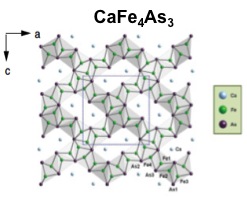
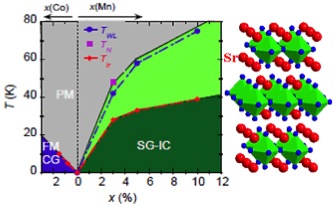
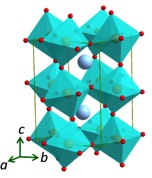
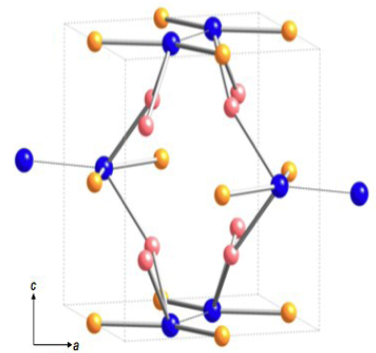

Structure of conjugated polyelectrolyte with varying charge density.

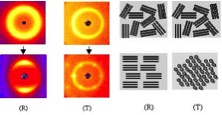
SANS of shear aligned inverse hexagonal mesophases that serve as templates for titania nanotube synthesis.
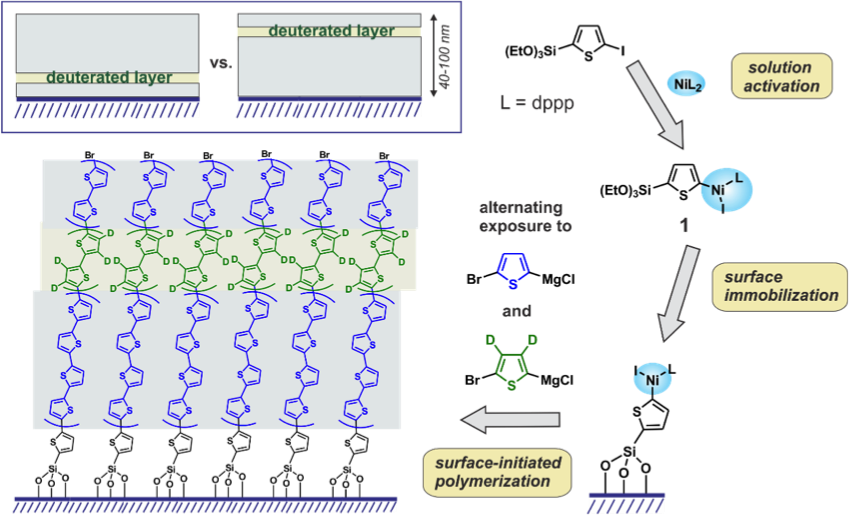
Preparation of surface-immobilized catalytic initiator 1, and surface-confined polymerization to form polythiophene thin film. Alternating exposure to deuterated and non-deuterated monomers yields thin films deuterium-labeled in lateral layers. Insert shows the possibility to incorporate a selectively deuterated layer at various positions to probe structural features across the film in NR experiments.